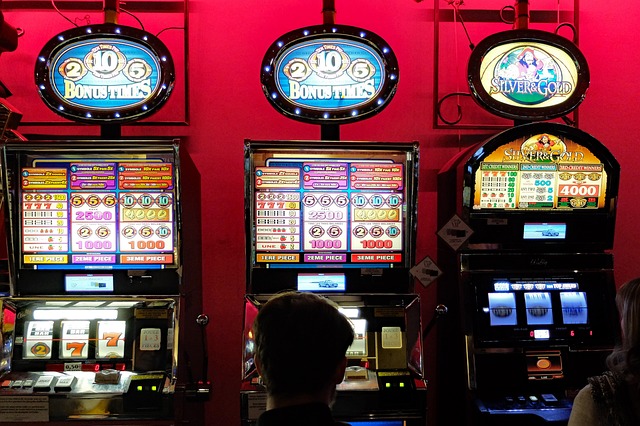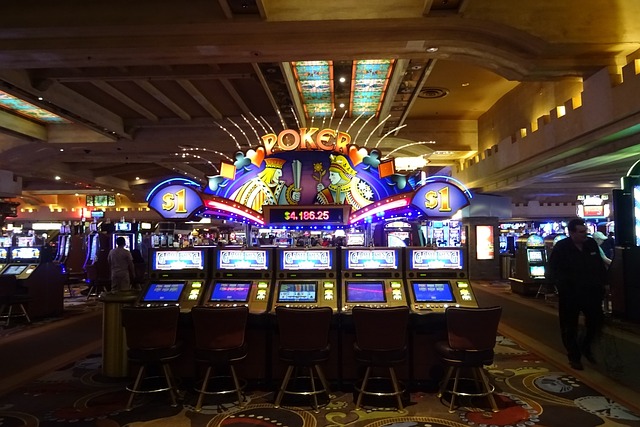Slots advertise two numbers that shape your experience: return to player (RTP) and volatility. RTP is the long-run percentage a game pays back across millions of spins, while volatility describes how those returns arrive—steady drips or wild swings. Players often chase high RTP as if it guarantees short-term success, but variance can drown out a great theoretical return in a single session. Conversely, high volatility can deliver explosive wins but demands deeper pockets and patience. The question is not which metric is “better,” but which is better for your budget, goals, and temperament. A traveler with $60 for an hour wants longevity; a jackpot hunter with a bigger stake wants punch. When you match metric to intent, you stop fighting the math and start using it: RTP for value over time, volatility for shaping risk right now.
What RTP Really Tells You

RTP is a lab statistic, not a promise for tonight. A 96% RTP means that, in the very long run, the game pays $96 for every $100 wagered across all players. It does not mean you personally will get $96 back on a $100 session. Still, RTP matters because even tiny differences compound. If you play regularly, a 96.5% title should drain your bankroll slower than a 94% title, all else equal. Providers often publish ranges—say, 94%–97%—and casinos may deploy the lower setting, so reading the info panel is worth your time. RTP also interacts with features: frequent small wins can mask a lower RTP if the game funds its spectacle with rare, costly bonuses. Treat RTP as your “house edge compass” for sustained play, but remember it cannot neutralize short-term luck or poor session management.
Understanding Volatility and Session Risk
Volatility describes the shape of outcomes. Low-volatility slots deliver frequent, modest hits that stabilize your balance and extend time on device. High-volatility slots go quiet longer, then spike with large bonuses—great for highlight moments, bad for fragile bankrolls. The same RTP can feel totally different depending on volatility: one game may drip back value in base play; another buries it in rare features. Practical signals include hit rate, bonus frequency, max win caps, and provider tags like “high” or “extreme.” Your stake and spin speed amplify risk; doubling bet size roughly doubles the variance per spin. If a cold 200-spin stretch would tilt you, high-volatility designs will test your patience. Use volatility to tune experience: choose lower for consistency and mission clearing, higher for upside you can afford to chase without breaking plan.
Bankroll Fit: Matching Metric to Your Goals

Decide what a “good session” means before you pick a game. If your goal is longevity—killing time, clearing light wagering, exploring features—aim for medium or low volatility with solid RTP and set modest stakes. You will see more bonuses, fewer droughts, and steadier balances. If your goal is shot-taking—a chance at a memorable payout—accept higher volatility but protect yourself with a bigger session bankroll, smaller units, and hard stop-losses. For frequent players, prioritize RTP first to reduce long-term drain, then choose volatility to match mood and budget on any given night. A simple rule works: RTP governs sustainability across months; volatility governs stress and swing size tonight. When those align with your tolerance and stake plan, you avoid the trap of blaming “rigged” reels for variance that was visible in the spec sheet.
